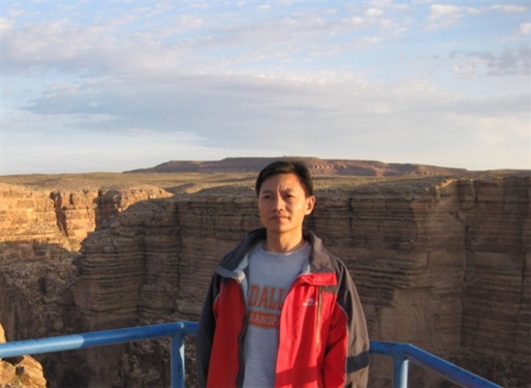Data model
Including: mapping methods of Geographic space and geometric algebra space, representation method for continuous and discrete Geographic objects, scene data model, GIS data structure and Geographical law-based data index.

Including: mapping methods of Geographic space and geometric algebra space, representation method for continuous and discrete Geographic objects, scene data model, GIS data structure and Geographical law-based data index.
Including: new GIS computing framework, Computating operator library, Analyze template with unified structure, algorithm development methods based on scripting, algorithm optimization and parallelization.
Including: adaptive integration and transformation of geographic models; embedding of GIS dynamic models, embedding of structural feature models, embedding of continuous geographic models.
Including: System architecture, Computating operator library, Computing engine, System functions and screenshots, Typical analysis cases, e.g. case study of 3D city, Antarctic sea-land-ice evolution, emergency evacuation and so on.
From October 24th to October 25th, 2020, Professor Yu Zhaoyuan participated in an academic seminar on geographic information perception and service organized by the Institute of Geographic Information and Tourism of Zhangzhou College, and gave an academic report entitled “Quantum Simulation Model Study of Highway Traffic Flow”. Based on the problems existing in the classical traffic flow simulation model, the paper introduces the cause of the study of quantum traffic simulation model, puts forward the highway traffic flow simulation model based on quantum resonants and quantum random walk, constructs the non-observable human social process dynamic simulation method based on quantum random travel, and realizes the accurate simulation and scenario prediction of near-individual particle degree intercity highway traffic flow. Read More
On 20 October 2020, Associate Professor Rowan joined other teachers and some graduate students in the ENGAGE at workshop at CGI 2020 conference and gave an academic presentation entitled “Geometric algebra-base multilevel declassification method for geographical field data”, The report discusses the need for multi-layered GIS data decryption due to the diversity of GIS application patterns, for example, the need to decrypt publicly used data to hide confidential spatial information, the common arrangement of data that is not a regular encryption method, and the need to preserve general geospatial characteristics of the restored data. In addition, different levels of restore are required when faced with different levels of confidentiality.The report describes the use of geometric algebra (GA) to achieve a controlled method of precision decryption and restoration. The geographic field is represented as a GA object and further implements a uniform represent of the field. Read More
The 2020 Geographic Information Technology Innovation Conference, held in Beijing from October 13-16, 2020, was jointly organized by the China Geographical Information Industry Association, the China Surveying and Mapping Society, the China Regional Science Association, the China Mayors Association, the School of Earth and Space Sciences of Peking University, the School of Resource and Environmental Sciences of Wuhan University, Yi Zhirui Information Technology Co., Ltd. Pay attention to the typical and innovative application of geographic information technology by users in various industries. The conference will bring together scholars, experts, enterprises, education and other forces in the field of geographic information to explore the innovative value of geographic information technology in promoting information exchange and information management in the human world. Professor Yu Zhaoyuan reports online, which explores the theoretical methods, key technologies and typical applications of the urban information model (CIM) based on holographic map technology, starting from the concept and connotation of the urban information model. Read More
From September 10 to 11, 2020, the 255th Shuangqing Forum of the National Natural Science Foundation of China (NSC) was held in Beijing. Professor Yuan Linwang participated in the forum and made a special report on “Digital Twins and Virtual Experiments for Multi-Scale Modeling of Land and Sea Interfaces”, which reads: Digital Twin and Virtual Experimental Technology establishes digital mapping of the real world and its features, processes and mechanisms by integrating all kinds of observation data and model patterns under a unified space-time framework, and using virtual simulation and other means. The sustainable development of coastal zone involves the interaction of multi-layer, multi-domain and multi-scale elements, the development of digital twin technology and virtual experimental method of multi-scale modeling of land-sea interface, the convergence of multi-domain and multi-scale space-time data under the unified space-time framework, the integrated modeling and big data intelligent analysis of multi-pattern coupling across the circle layer, and the provision of virtual twin coastal multi-modal fusion expression and multi-scenario virtual experiment with real perception and feedback control. Read More